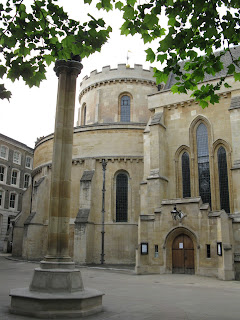When I took a trip to Melbourne I was after a tour of the Yarra River and at the time due to the tide I was only able to go downstream, where I ended up in Williamstown. Earlier before leaving I had found information on the area and there was a navy vessel by the name of the Castlemaine that was run by volunteers. The ferry trip out to Williamstown was actually really nice and it took you out of the city itself.
After getting off the ferry, I went onto the ship, which turned out to be an old second world war anti mine ship. At the time I was only looking at how the navy had been along with the missions they had been on. After taking a walk through the upper decks since the ship had places like the radio room and bridge.
Before boarding I did not know all the people on the museum were volunteers until the man taking my money had said they were. The interesting part came when I went down to the engine room. One of the volunteers was an old veteran of the steam driven ships.. The man’s entire career had been in the engine room of the ships. He explained how everything worked from the pressure in the boiler and watching how the steam was supposed to go and what could actually go wrong down in the engine room. He actually started up the shaft for one of the propellers, although he explained that there were no propellers as the ship was not going to be sailing any time soon. The boat was still in working order. We were shown how easy it was for the people in the engine room to communicate with the bridge.
I did find it hard to walk around the ship especially going up and down the stairs as they were narrow and steep. The rest of the ship was interesting although I did like the commentary from the gentleman in the engine room and he took his time to talk to the people who came down to have a look. Sitting in the gunner’s chairs for the antiaircraft guns made me feel for the men who worked on the ships as it would have been uncomfortable and hot work. The stern of the ship had a display on how they used the minesweeper, while in the minefield clearing them out. The ship may have changed since I was touring it last time but the tour of the ship is interesting.




